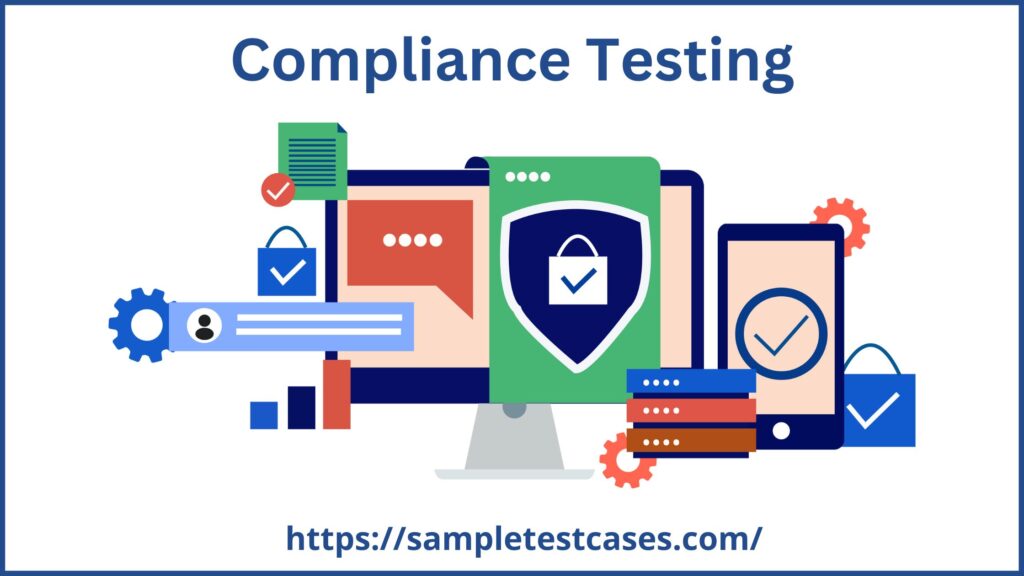This article delves into the concept of compliance testing, its significance, and how it plays a pivotal role in maintaining integrity, safety, and trust in today’s complex business environment. In a world that is becoming increasingly regulated, businesses and organizations across various industries are facing the challenge of complying with an ever-growing list of rules, regulations, and standards. This testing has emerged as a crucial component of quality assurance, ensuring that products, processes, and systems adhere to the legal and industry-specific requirements.
What is Compliance Testing?
Compliance testing also known as regulatory testing or conformity assessment, is a systematic and rigorous process that evaluates whether a product, service, or system complies with a set of predefined standards, regulations, and guidelines. These standards can be industry-specific, regional, or global, and they cover a wide range of areas, including safety, quality, security, and environmental impact.
Importance of Compliance Testing
- Legal Obligations: Compliance testing is often a legal requirement. Regulatory bodies, governments, and industry associations establish these standards to protect consumers, ensure public safety, and promote fair competition. Failure to comply can result in legal penalties, financial losses, and reputational damage.
- Consumer Confidence: This testing instills trust and confidence in consumers. When a product or service carries the mark of compliance, it signals that it meets the highest quality and safety standards, fostering trust and loyalty among customers.
- Risk Mitigation: Thorough testing helps identify and rectify potential issues and vulnerabilities early in the development or production process. This proactive approach mitigates risks, reduces product recalls, and saves costs in the long run.
- Market Access: This testing is often a prerequisite for entering specific markets or industries. Without the necessary certifications and approvals, businesses may find themselves excluded from lucrative opportunities.
Types of Compliance Testing
- Safety Compliance Testing: Ensures that products do not pose risks to users or the environment. Examples include electrical safety testing, fire safety testing, and chemical safety testing.
- Quality Compliance Testing: Assesses the quality and reliability of products or services according to industry-specific standards. This can include testing for manufacturing defects, performance, and durability.
- Environmental Compliance Testing: Focuses on assessing the environmental impact of products and processes, including emissions, waste disposal, and resource consumption.
- Data Security Compliance Testing: Evaluates the security measures in place to protect sensitive data, especially in industries like finance and healthcare, where data breaches can have severe consequences.
- Regulatory Compliance Testing: Ensures that organizations follow laws and regulations relevant to their industry, such as financial regulations in the banking sector or healthcare regulations in the medical field.
Challenges in Compliance Testing
- Evolving Regulations: Keeping up with constantly changing regulations at local, national, and international levels can be a significant challenge for businesses.
- Resource Intensity: This testing can be resource-intensive, requiring specialized equipment, trained personnel, and often third-party involvement.
- Global Expansion: For multinational companies, navigating the varying compliance requirements across different regions and markets can be complex and costly.
- Data Privacy Concerns: In an era of heightened concern about data privacy, organizations must also comply with stringent data protection regulations, adding an extra layer of complexity to this testing.
Conclusion
In an era where regulatory requirements are expanding and becoming more complex, compliance testing has become an indispensable part of doing business responsibly and ethically. It ensures that products, services, and processes meet the necessary legal and industry standards, safeguarding consumers, reducing risks, and fostering trust. While this testing may pose challenges, it is an investment that pays off in terms of regulatory compliance, market access, and the maintenance of a positive reputation. To thrive in today’s competitive landscape, organizations must embrace this testing as a means to demonstrate their commitment to quality, safety, and regulatory adherence.
